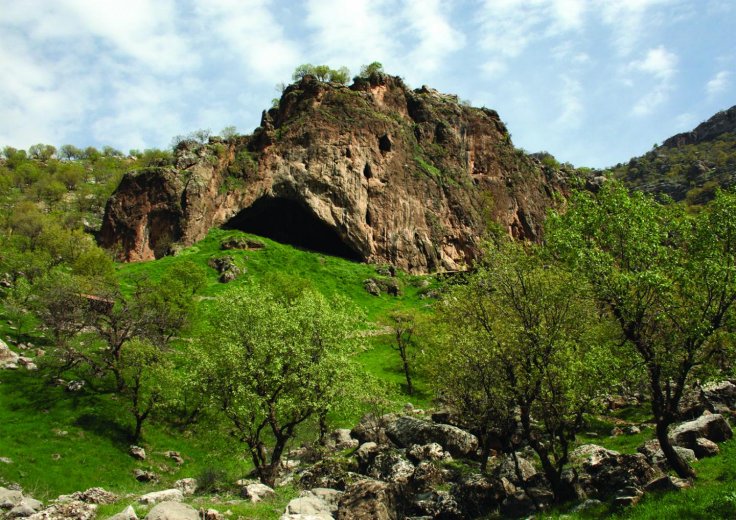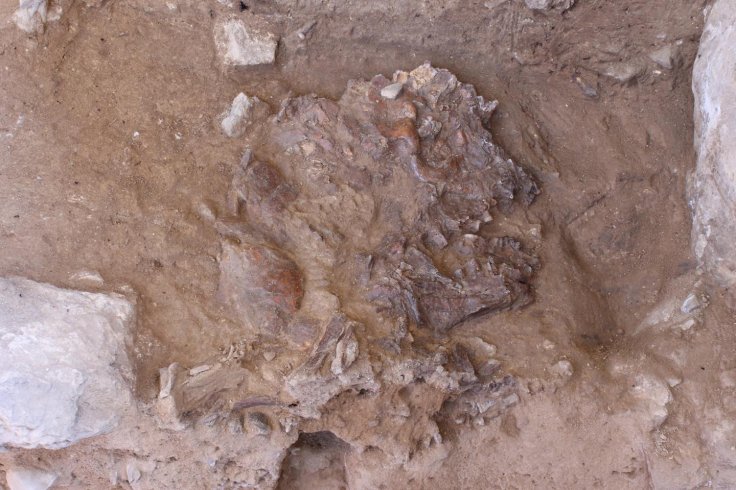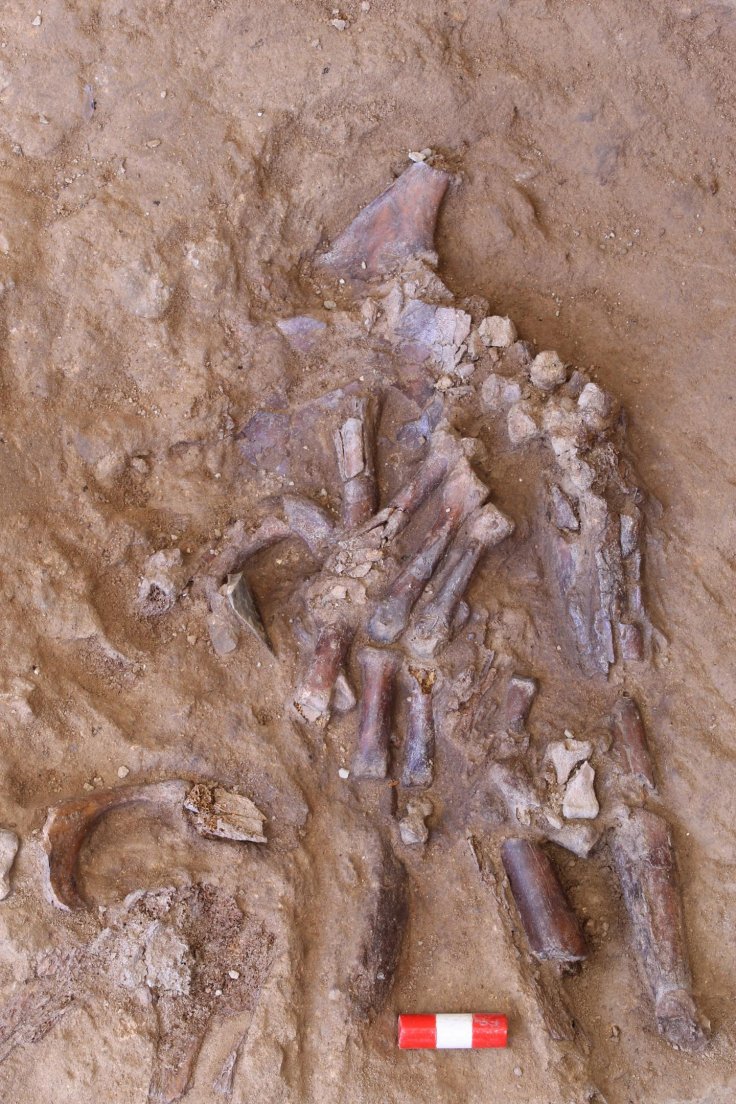The member of a group of archaic humans, known as Neanderthals emerged at least 200,000 years ago during the Pleistocene Epoch. They were replaced or assimilated by early modern human populations or Homo sapiens between 35,000 and 24,000 years ago.
After new sets of Neanderthal remains were found in the historical archaeological site known as the "Shanidar Cave" in the foothills of Iraqi Kurdistan, scientists now believe that it could unlock secrets of ancient burial rites and Neanderthal death rites.
The well preserved Neanderthal skeleton
As per the researchers the well-preserved upper body skeleton of an adult Neanderthal in Shanidar Cave in the semi-autonomous Kurdistan region of northern Iraq who lived almost 70,000 years ago.
This cave became one of the most the important archaeological sites after the first one excavated in the 1950s by archaeologist Ralph Solecki who found partial remains of 10 Neanderthal men, women and children. The lead study author Dr Emma Pomeroy of the University of Cambridge said that the early findings were "Really central to the debate about Neanderthal behaviour and cognition, and what their mental capacities were."
Even though a dig scheduled to continue Solecki's work in 2014 was abandoned due to an ISIS threat, Pomeroy said that from 2015 annual digs at Shanidar Cave have continued.

Research on the Neanderthal skeletons
One set of remains, known as "flower burial" or "Shanidar 4," showed evidence of clusters of flower pollen in the soil samples. As per Solecki, this soil sample showed that Neanderthals buried their dead and conducted funeral rites involving flowers, while another skeleton, named as "Shanidar 1," had evidence of extensive injuries.
After conducting research on the later, scientists came to know that it has an amputated arm, found evidence of blindness in one eye, deafness as well as an infection in the bones. Even though the second skeleton suggested that the individual suffered from several physical difficulties, as per Pomeroy that person lived up to quite an old age. This was understood as evidence that Neanderthals had the ability for compassion and taking care of injured members of their group.
These findings in the Iraqi cave prompted a re-evaluation of previously believed ideas of Neanderthals as animalistic and unintelligent. The research which was published in the Antiquity journal sparked debate over whether Neanderthals had a cultural sophistication.

Other findings of these ancient humans
During the excavation program from 2018 to 2019, researchers found the first articulated Neanderthal skeleton to be excavated in more than 20 years. The newly found Neanderthal skeleton probably belong to a 40 to 50-year-old male or female, dubbed as Shanidar Z.
Researchers from Cambridge, Birbeck and Liverpool John Moores Universities in UK along with the Kurdistan General Directorate of Antiquities had found the crushed skull torso bones of the new Shanidar Neanderthal specimen.

Shanidar Z: The ancient human
While the sex of this newly found ancient skeleton is yet to be determined, as per the scientists it has the teeth of a "middle- to older-aged adult". Shanidar Z has now been brought on loan to the archaeological labs at Cambridge for a digital reconstruction. In addition, the team is scouting for clues to climate change impact in view of the famous 'flower burial'.
Pomeroy said, "You might bury a body for purely practical reasons, in order to avoid attracting dangerous scavengers and/or to reduce the smell. But when this goes beyond practical elements it is important because that indicates more complex, symbolic and abstract thinking, compassion and care for the dead, and perhaps feelings of mourning and loss."
University of Cambridge archaeologist and study co-author Graeme Barker revealed that despite the argument that whether the Neanderthal group of deceased people placed around 70,000 years ago in the cave were a few years, a few decades or centuries, "It seems clear that Shanidar was a special place, with bodies being placed just in one part of a large cave."









